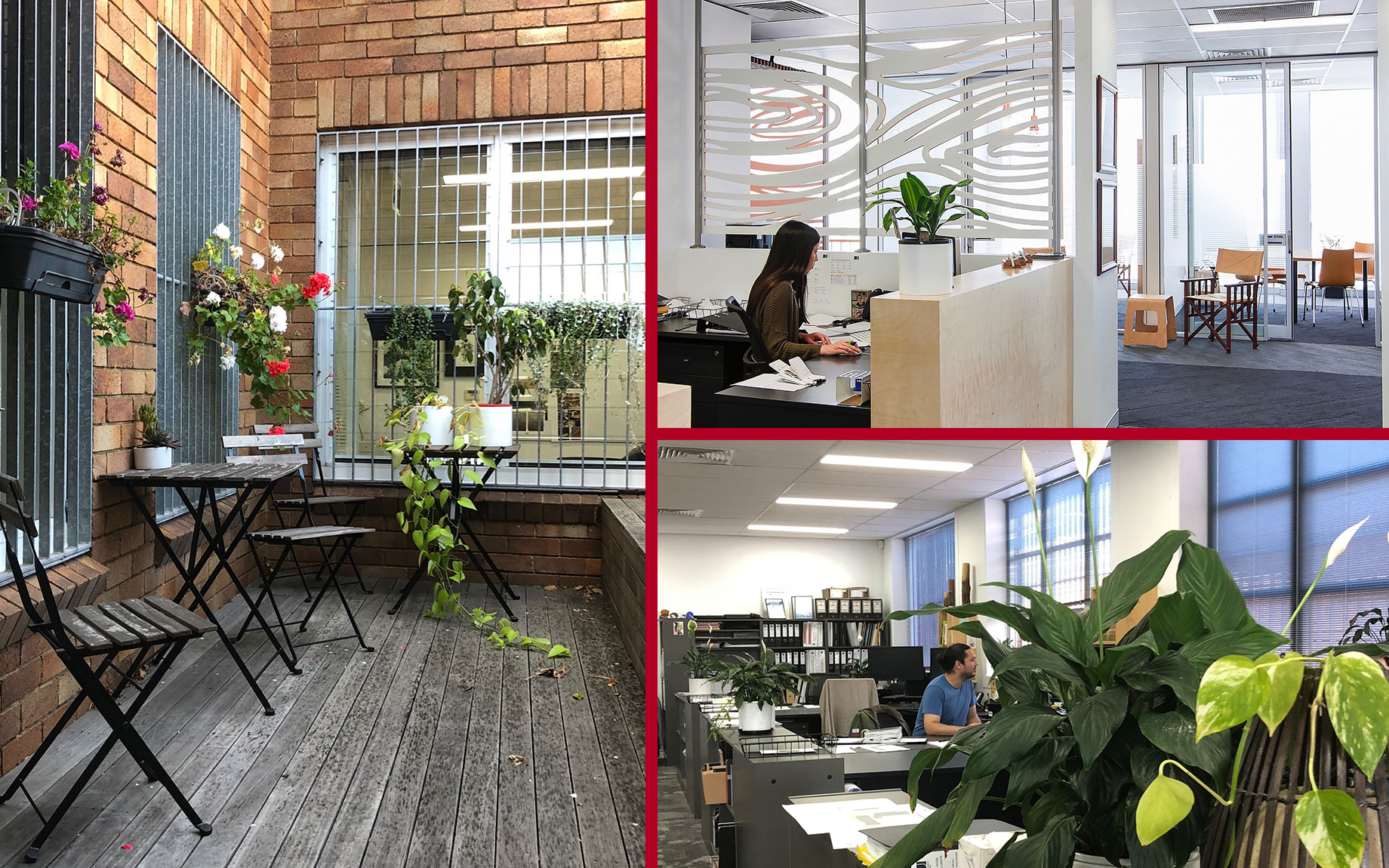How Do You feel?
by Margie
Most of us feel wonderful when we are, by choice, watching the waves at the beach, walking in the bush or by a river. We expect to feel relaxed, calm and inspired. Nature has a marked effect on us when we are immersed in it. What we may not be so conscious of is the potential effect that a more mundane environment has on our emotions, alertness, level of stress, or even our productivity. Biophilic design, discussed in previous blogs, connects us to nature within the built environment and uses the positive effects to great benefit.
Terrapin Bright Green is an organisation that consults to developers and government agencies to assess the environmental performance of projects to improve financial, ecological and social outcomes. During a recent trip to New York I spoke to CEO, Bill Browning, and chatted about his firm’s research into the benefits of biophilic design and how this can be used in our work as designers and architects. Bill’s starting point was to ask;
“What are the behaviours or outcomes I need to support for the people who are using a space - is it stress reduction, is it improved cognitive function, is it enhanced mood preference, is it supporting creativity?"
A subtle shift in design thinking is a focus on desired behavioural outcomes leading to better performance that goes beyond achieving basic functionality. Terrapin’s research collects data that records human brain responses to environments. Based on this extensive body of work, they have developed a “pattern language” of biophilic design strategies that can be used to improve the effects of spaces on inhabitants. The science behind the patterns has been tested with Google to develop metrics for the company’s buildings world-wide.
 Clockwise from left: Outdoor seating on the deck + light filled reception area + plant filled work space at Edmiston Jones Wollongong Office
This resonated with me, as for Edmiston Jones the wellbeing of our clients, their customers and staff is at the heart of the way we design. By starting with the right questions at the beginning of a project, we can use tools like Terrapin’s “pattern language” to ensure the spaces we create improve how people feel and their sense of well-being.
Clockwise from left: Outdoor seating on the deck + light filled reception area + plant filled work space at Edmiston Jones Wollongong Office
This resonated with me, as for Edmiston Jones the wellbeing of our clients, their customers and staff is at the heart of the way we design. By starting with the right questions at the beginning of a project, we can use tools like Terrapin’s “pattern language” to ensure the spaces we create improve how people feel and their sense of well-being.
 Clockwise from left: Outdoor seating on the deck + light filled reception area + plant filled work space at Edmiston Jones Wollongong Office
This resonated with me, as for Edmiston Jones the wellbeing of our clients, their customers and staff is at the heart of the way we design. By starting with the right questions at the beginning of a project, we can use tools like Terrapin’s “pattern language” to ensure the spaces we create improve how people feel and their sense of well-being.
Clockwise from left: Outdoor seating on the deck + light filled reception area + plant filled work space at Edmiston Jones Wollongong Office
This resonated with me, as for Edmiston Jones the wellbeing of our clients, their customers and staff is at the heart of the way we design. By starting with the right questions at the beginning of a project, we can use tools like Terrapin’s “pattern language” to ensure the spaces we create improve how people feel and their sense of well-being. 
Related News